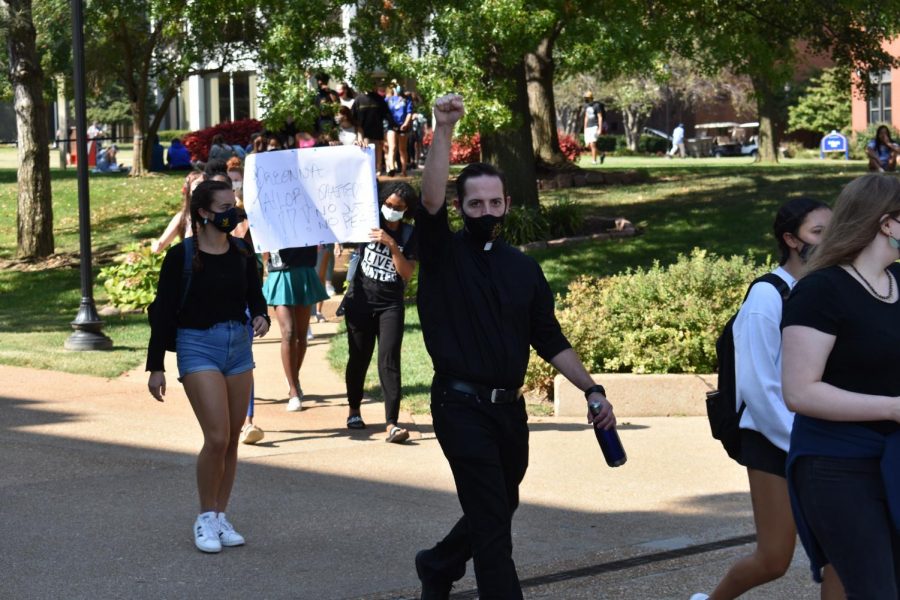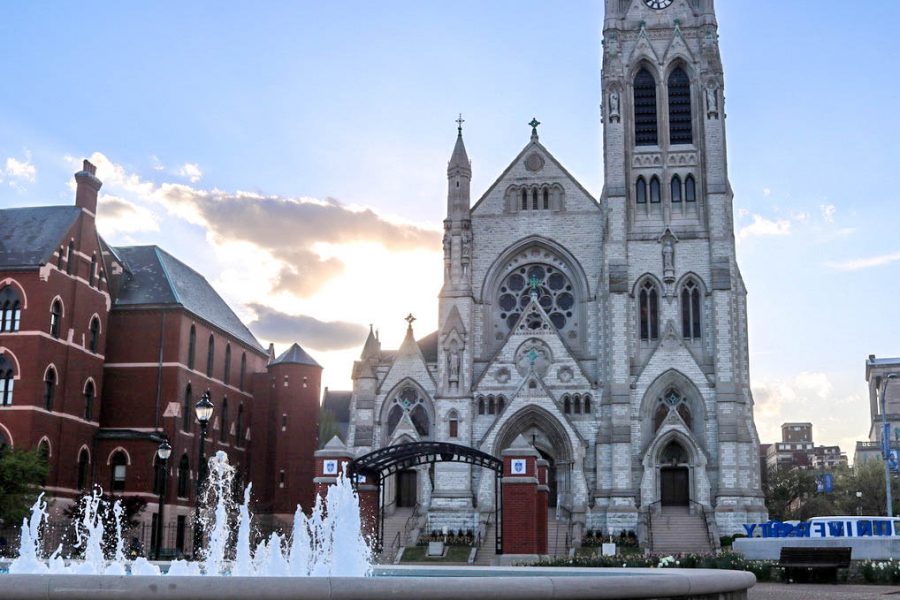When you grow up in parochial grade school, there’s a saying our teachers and priests love to use: Follow in Jesus’ footsteps. We aim to do it in our words and in our deeds, and we even have charming bulletin boards with cut outs of feet going along a path. However, there’s quite a difference between theoretically following in Jesus’ footsteps and literally doing so.
In the last couple weeks, I’ve been privileged to have several visitors over here to this side of world while studying at SLU Madrid. One such group of welcomed visitors was my beloved family, and I was able to meet them in Rome for a week before flying back with them to show them my city of Madrid.
While in Rome, the history and the significance to us, as a family rooted in the Catholic faith, was immense.
Touring the Vatican, seeing the bones of St. Peter, and visiting places where some of the early Christians used to gather was incredible. I visited more churches in that trip than I’ve probably attended in all my life.
Yet, one thing stood out to me above the rest as the most powerful. Inside the Laterano Palace across from San Giovanni in Laterano, the official Papal seat, was my favorite of all the religiously significant places in Rome. Scala Santa, or Holy Staircase, was brought from the Holy Land to Rome in the fourth century at the urging of Constantine’s mother, St. Helena.
Beneath walnut overlay from the eighteenth century are the original white stone steps of Pontius Pilate’s palace.
The significance lies in the fact that Jesus Christ, on the day of his crucifixion, is said to have walked up and down those very steps to receive his conviction and sentencing to death.
Pilgrims from all around crowd at the base of the stairs to climb them on their knees. It’s even possible to reach beneath the wooden covering over the steps and touch the stairs, and supposedly, the blood of Christ is still visible in some areas.
Once you reach the top, there sits the Santa Sanctorum, or the Holy of Holies – the previous private chapel of the Pope and place of many important of relics. The whole of it is truly amazing.
As Christians, living by the example of Christ is our goal.
On a personal level, this experience offered new meaning to the phrase I mentioned at the onset.
Ascending those stairs re-opened my eyes to the ever-attainable opportunity to follow Christ because of its literal application to me at the moment.
Yet, in terms of the bigger picture, there’s something to be said as well. It makes you wonder what it would be like if we treated everything on Earth as a place where Christ had walked – if we made an effort to venerate our world through our words and actions to praise God. With hopes of imitating him by respecting and loving our neighbors, what could happen? I’ll be honest.
I think the world would be run more like it should be. Now, this last tidbit is where I practice my spokeswoman abilities. Rome has yet to employ me to speak on their behalf, but I’m urging you: GO. See it all for yourself –Catholic or not – see the Vatican, the ancient ruins of the empire long gone, the art, or whatever else makes your heart beat faster and gives you a glimpse of the passion with which we’re meant to live.
In my experience there, and having seen a lot more than the headquarters of the Catholic Church during my week there, it’s a city with something everyone can embrace. If the churches or the history don’t excite you, the authentic Italian pizza certainly will.







